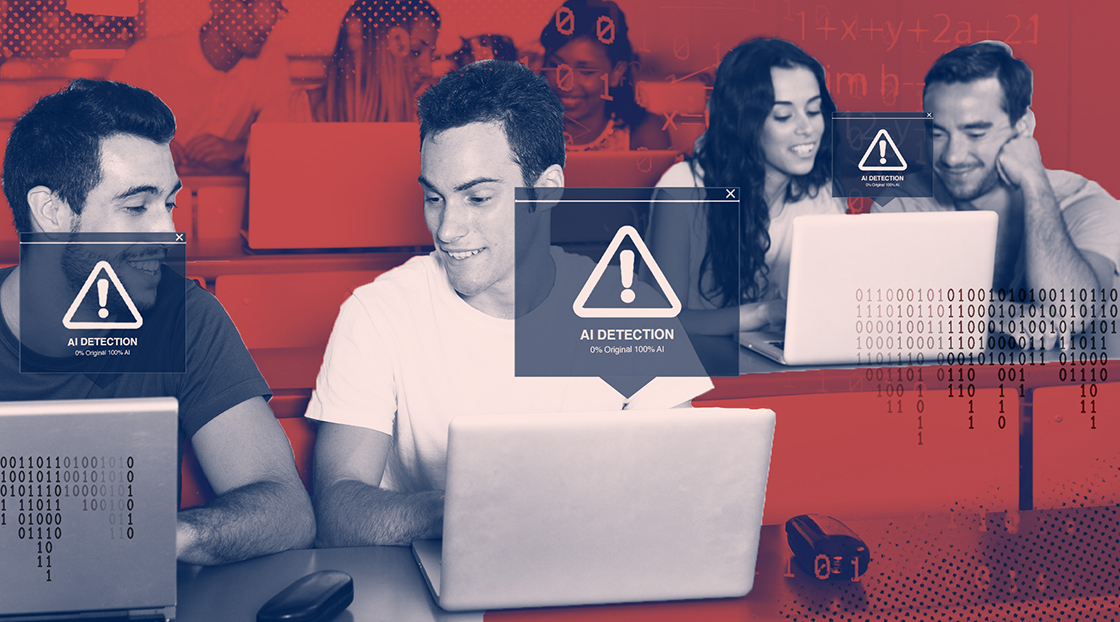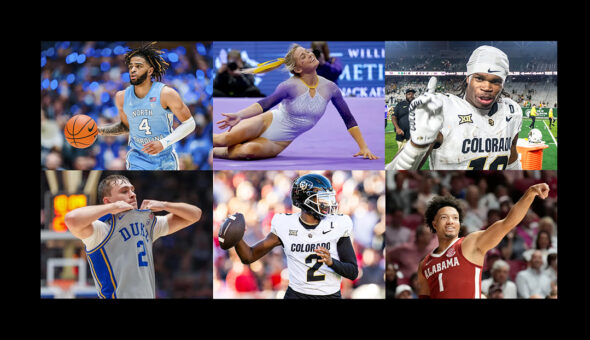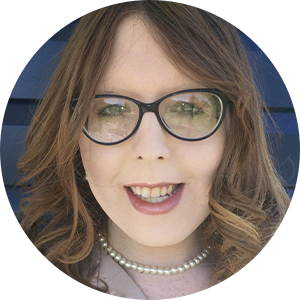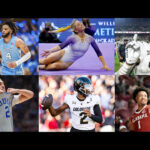Many higher education institutions are tolerating the use of AI in their classrooms, if not encouraging it. The tool’s introduction has many in the industry questioning how AI can be used effectively, while not devaluing the traditional classroom experience.
Don’t Assume Students Are AI Savvy
As artificial intelligence transforms the classroom experience, higher ed leaders are stressing that students need guidance with how and when to use the technology appropriately.

Use of AI in the Classroom
Generative AI has transformed the digital tool landscape by offering the potential for greater personalization, real-time support and changing how learning, particularly writing, is assessed, according to a June report from Tyton Partners.
Dr. Tony Kashani, affiliate faculty and dissertation chair for the doctor of education in educational and professional practice at Antioch University, believes an effective use of AI would be for professors to have students use ChatGPT to develop an outline for a paper.
“Bring the outline to the class and we can sit down and look at it. Then you, the student, can reshape that outline. Then you go back to ChatGPT and maybe let it write the paper. Compare that to a paper you’d write. You become the editor. You can then enter into a conversation with ChatGPT, but this has to be under the supervision of a professor and not independent and in hiding,” Kashani said. “That’s what’s happening right now—it’s all in secret.”
Dr. Melissa Vito, vice provost of academic innovation at The University of Texas at San Antonio, stressed that students need to understand that, although AI can be used for things like outlining, it can’t replace original research.
“Hallucinations are real. Some of the citations and things that are noted don’t even exist. You can’t trust 100% what you’ve got,” Vito said, adding that certain issues will likely be resolved with each new iteration.
Throughout the last year, Dr. Justin Marquis, director of instructional design and delivery at Gonzaga University, has incorporated AI into all the classes he teaches, including a graduate strategic sports communications class. He used AI to come up with a hypothetical sports organization, and then he asked students to play the role of public information officer.
“Basically, the students engage with this artificial intelligence-generated sports league, and there’s controversies that emerge,” Marquis explained. “By the end of the course, all their staff has quit. Because they’re the coms director, they need to use AI to start generating press releases and then when things go sideways, they are asked to use AI to generate their letter of resignation.”
Coupled with the assignments were reflections on how AI was used and how it can possibly make their jobs easier.
The feedback he provided to students was also generated by AI. However, he verified that the assessments were in alignment with his judgment. He then asked students to consider whether it was appropriate for him to use AI for feedback. The consensus was that it was not acceptable even though many of them wanted to use it in their jobs.
“My response was that you said it was ok to use it in your jobs, but this is my job. Why is it not okay?” Marquis said. “One student said, ‘If I use AI to write a paper and you use AI to grade a paper, what just happened? No learning. No education just happened. Literally a computer had a conversation, and no one learned anything. That’s not what we’re paying for.’”
Regarding whether AI should be banned from certain areas of study, Kashani said that “the cat is already out of the bag” and that it would be impossible to make carveouts.
Student Understanding of AI
Students are adopting the use of AI at a quick pace, even quicker than their instructors, at Gonzaga. Marquis estimates that between a third and a half of the students he’s talked to have used it in some capacity. Data from Tyton backs up his point, with nearly one in three surveyed students reporting regular use of generative AI within just 100 days of ChatGPT’s launch.
Dr. Melanie Hibbert, director of informational media and academic technology services and the Sloate Media Center at Barnard College, cautioned that faculty should avoid assuming that, because students are digital natives, they have a detailed understanding of how AI works. As a millennial who grew up when Internet-based technologies were being developed, she understands what’s under the hood in a way that Generation Z doesn’t because most things are now condensed into the form of an app.
“To make any assumptions that students are tech savvy, in my opinion, is false,” said Hibbert.
Despite their rapid adoption of the tool, Marquis observed the branding of AI among students right now is that it’s considered a form of cheating.
“That’s the most common attitude I see,” he said. “I rarely see ‘this is amazing.’”
In addition to learning how to use the technology, students need to have a solid understanding of AI ethics, Kashani stressed. A good way to do so, he said, would be to incorporate it into information literacy lessons.
He equated teaching the ethical use of AI to sex education in public schools.
“We have [a] very poor curriculum around sex education for our kids, but our kids have access to pornography,” said Kashani. “They’re getting their sex education no matter what we do. Why don’t we learn to improve the curriculum and teach them about sex instead of letting the porn industry do it?”
The University of Texas at San Antonio is embarking on a round of focus groups to help gauge student understanding and interest in the topic so that the university can then better serve them.
“We want to talk to them in a broader way to understand what their experiences are, what would be helpful for them, what they know and what they don’t know,” Vito said.
One of the big questions students seem to have, she observed, is whether the use of AI is acceptable.
“Students always want clarity. They want to know what the limits are,” she said.
Accessibility
Although the parameters for the use of AI tools are still largely being explored, many in higher ed are confident that it will be a net positive for increasing accessibility.
Neurodivergent and English language learners are two student groups Dr. Bettyjo Bouchey, vice provost for digital strategy and operations at National Louis University, said will likely benefit from AI.
“We think this is an interesting tool for them to have not only to lean into the learning but also to process it in a way that’s more helpful to them than the straight line that we sometimes design from,” she said.
At the University of Texas at San Antonio, which has a large population of English language learners, AI is being used to make the college experience more accessible.
“ChatGPT has been a fantastic tutor for a lot of students because it’s something they can use on their own time to help build confidence in writing skills in grammar and word usage,” Vito said. “I don’t think we anticipated that, but it clearly makes sense.”
As a former principal and adjunct professor, Patti West-Smith, senior director of customer engagement at Turnitin, noted that AI presents the opportunity to level the playing field for many students.
“For many years, the wealthy and privileged have had access to private tutors and editors,” said West-Smith. “AI generative tools can be used in the revision process and for brainstorming are really leveling out some of those privileges and advantages that have disproportionately impacted certain segments of the population.”
NLU is a prime example of what West-Smith was referring to considering that many of its students come from groups that have historically been underrepresented in higher ed. For that reason, it understands that many of its students suffer from imposter syndrome and struggle with writing.
“We’re hopeful that the use of AI can be contextualized as a space for brainstorming and outlining and getting a student into their writing but then they’re writing their original content from there,” Bouchey noted.
Career Outcomes
According to a June report from the Pew Research Center, “Jobs with a high level of exposure to AI tend to be in higher-paying fields where a college education and analytical skills can be a plus.”
The report found that workers with a bachelor’s degree or more are more than twice as likely as those with only a high school diploma to see the most exposure to AI, with 27% compared to 12%.
“As an institution focused on career outcomes, we view it as a responsibility for us to make sure our students are leaving us with this new skill that they will invariably be applying in their workplaces,” Bouchey said.
Vito’s institution has the same conviction, “We believe that students are going to need to be literate in generative AI as they wade into careers.”
Newsletter Sign up!
Stay current in digital strategy, brand amplification, design thinking and more.
Recent in Student Experience
Also in Student Experience

The NIL Top 10: Who are the highest-paid college athletes?
Growing collective contracts and sponsorship deals have university athletes — both men and women — raking in record paydays.

College admissions try to balance innovation, ethics and equity.
As AI becomes more integrated into college admissions, institutions are navigating the challenges of maintaining fairness and transparency in the process.

Goodbye, US News? Alternative rankings are reshaping higher ed.
Alternatives like Colleges That Change Lives and FindaBetterU are shifting the focus from prestige to student satisfaction, campus culture and affordability.




